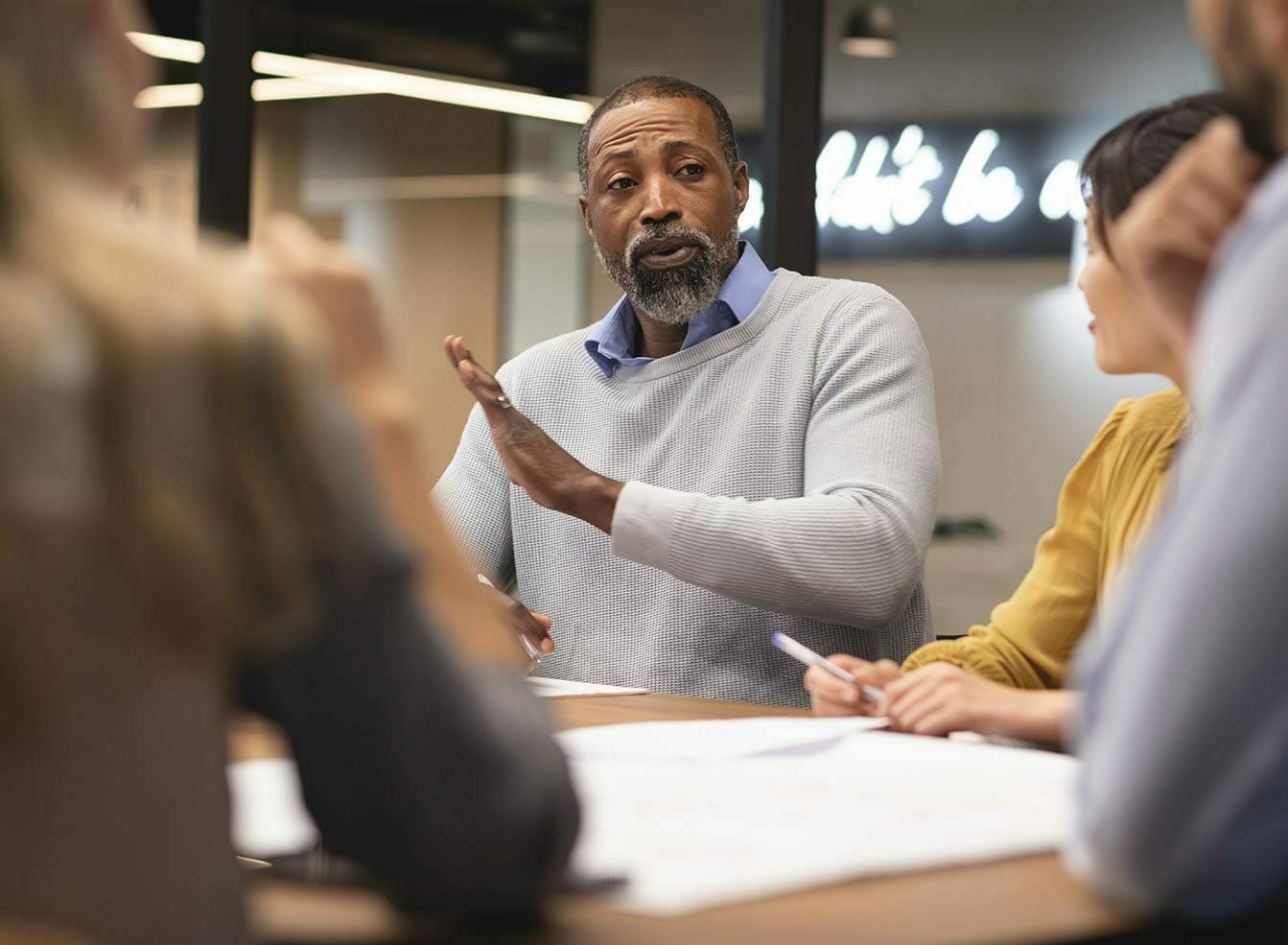Why Effective Closing Techniques Define Sales Success
Every salesperson dreams of mastering the art of closing, yet it remains one of the most challenging phases of the sales process. Effective closing techniques for sales define not just the end of a transaction but also the beginning of a relationship built on trust and value. When executed properly, these methods transform hesitant prospects into loyal customers. A well-timed and confident close reflects the salesperson’s understanding of both product and psychology. Many sales professionals fail because they either rush the process or wait too long, missing critical buying signals. The secret lies in recognizing when the prospect is emotionally ready to commit. Mastering closing techniques empowers professionals to boost conversions, strengthen customer loyalty, and create consistent sales momentum.
Understanding Buyer Psychology Before the Close
Behind every successful close lies a deep understanding of buyer psychology. Sales is never just about the product—it’s about how that product solves a problem and satisfies an emotional need. The most skilled salespeople read between the lines, identifying buying signals such as prolonged eye contact, positive nods, or questions about logistics and pricing. They listen actively, validate concerns, and mirror the customer’s emotions. Empathy plays a crucial role in this process; it allows you to position your offer as a genuine solution rather than a mere transaction. Emotional triggers—like fear of missing out, trust in expertise, or a desire for improvement—drive decision-making. By recognizing and responding to these triggers, you can steer the conversation toward a confident yes. Ultimately, people don’t buy because they’re convinced—they buy because they feel understood.
The Most Effective Closing Techniques for Sales Professionals
The art of closing comes in many forms, and no single approach fits every situation. Sales professionals must adapt their technique based on the customer’s personality, industry, and stage in the buyer journey. Some of the most proven closing techniques for sales include:
- The Assumptive Close: Speak as though the deal is already finalized, encouraging natural agreement.
- The Summary Close: Recap the product’s key benefits, reinforcing value in the buyer’s mind.
- The Scarcity Close: Highlight limited availability to spark urgency without creating pressure.
- The Direct Close: Ask for the sale confidently and clearly when the prospect is ready.
- The Trial Close: Test commitment with subtle questions such as “How does this sound so far?”
- The Alternative Close: Offer two favorable options rather than a yes or no.
Each technique serves a unique purpose. For example, analytical buyers respond better to logical summaries, while emotional buyers react positively to scarcity and storytelling. Understanding when to use each method ensures that your close feels natural and persuasive, rather than forced.
Modern Sales Closing Strategies in the Digital Era
In today’s digital-driven world, closing techniques for sales have evolved alongside technology. Virtual selling, online meetings, and automated tools have changed how professionals approach prospects. Modern CRM platforms track buyer behavior, revealing when a lead is most likely to say yes. This allows salespeople to time their closing efforts with precision. Digital communication channels, such as email or video calls, require clarity and personalization to replace the warmth of face-to-face meetings. Additionally, sales professionals should leverage social proof—like testimonials or online reviews—to build credibility during the final stages. The digital era has also introduced data-backed sales scripts and AI-powered recommendations that help close deals more efficiently. However, no matter how advanced the tools become, authenticity and human connection remain irreplaceable. Technology enhances the process, but trust seals the deal.
Overcoming Objections Like a Pro
Every salesperson faces objections, and how you handle them determines your closing success. Objections often stem from uncertainty, fear, or lack of understanding. Instead of seeing them as barriers, view them as opportunities to provide clarity and reassurance. The most effective way to overcome resistance is through preparation and empathy. Common objections revolve around price, timing, or comparison with competitors. To address these:
- Acknowledge the concern without becoming defensive.
- Reframe the objection as a benefit (e.g., “Yes, it’s an investment—but one that saves you time and money in the long run”).
- Ask clarifying questions to understand the true hesitation.
- Use stories or data to support your claims.
- End with a gentle reaffirmation of value and trust.
Persistence matters, but it must be paired with respect. A well-handled objection doesn’t just save a deal—it strengthens the buyer’s confidence in your professionalism and expertise.
Timing and Tone: The Unsung Heroes of the Perfect Close
Even the best closing techniques for sales fall flat without the right timing and tone. The key is to recognize subtle buying cues—like the prospect leaning forward, asking “what’s next,” or revisiting pricing details. These are green lights that signal readiness. A skilled salesperson knows when to stop talking and let silence do the work. Your tone should reflect certainty, not desperation. Confidence builds trust, while hesitation raises doubt. Non-verbal cues such as a smile, steady eye contact, and an open posture enhance credibility. Emotional intelligence is equally vital; adapting your energy to match the customer’s mood helps maintain harmony. By balancing assertiveness with warmth, you make the closing moment feel effortless and genuine.
Training Your Team to Master Closing Techniques
Sales mastery isn’t achieved overnight—it’s cultivated through continuous training and coaching. Team leaders should create a learning culture where sales reps practice closing scenarios through role-play exercises. This helps build confidence and adaptability in real-world situations. Peer feedback and mentorship sessions allow sales professionals to refine their approach. Measuring performance through metrics like closing ratios, average deal value, and conversion timelines provides actionable insights. A well-trained team not only closes more deals but also strengthens the company’s reputation. Encourage collaboration over competition, so knowledge and techniques are shared freely. Over time, your organization becomes a powerhouse of skilled closers who can turn conversations into conversions.
Common Closing Mistakes That Kill Deals
Many deals are lost not because the product is weak but because the close is mishandled. Over-talking, applying too much pressure, or ignoring buyer signals can easily push prospects away. Some salespeople make the mistake of focusing too heavily on the product rather than the person. Others fail to follow up, leaving potential sales unfinished. To avoid these pitfalls:
- Read and respond to emotional cues.
- Ask permission before advancing to the close.
- Avoid rushing the process; let it unfold naturally.
- Follow up promptly after the meeting with a personalized message.
- Keep detailed notes for future reference.
Recovering from a failed close requires humility and persistence. A polite check-in or offering additional resources can reopen doors that once seemed shut. The best closers learn from every “no” and turn it into a stepping stone toward their next “yes.”
FAQs About Closing Techniques for Sales
Q1: What is the most effective closing technique for high-value sales?
The Summary Close works best for high-value sales because it reinforces the key benefits and value before asking for commitment. It ensures the buyer sees the full picture before making a decision.
Q2: How can I close a deal without sounding pushy?
Focus on helping rather than selling. Ask discovery questions, listen actively, and guide the customer toward a decision that benefits them. The key is authenticity and timing.
Q3: How do I know when a prospect is ready to close?
Look for buying signals such as detailed questions about next steps, body language showing interest, or expressions of ownership like “I can see us using this.”
Q4: Are different closing techniques needed for B2B vs. B2C sales?
Yes. B2B sales often require longer, logic-driven approaches, while B2C sales rely more on emotion and quick decision-making. Adapting your tone and pace is essential.
Q5: What tools can help improve my closing rate?
CRM software, sales analytics dashboards, and AI-based lead scoring systems can provide insights into buyer readiness and improve timing.
Takeaway
Mastering closing techniques for sales is more than just knowing what to say—it’s about understanding human behavior, practicing empathy, and adapting to each situation with confidence. The best salespeople focus on connection rather than coercion, guiding their prospects toward decisions that feel right for both parties. With consistent learning, genuine communication, and strategic follow-up, every conversation becomes an opportunity to create value and close deals with integrity.











